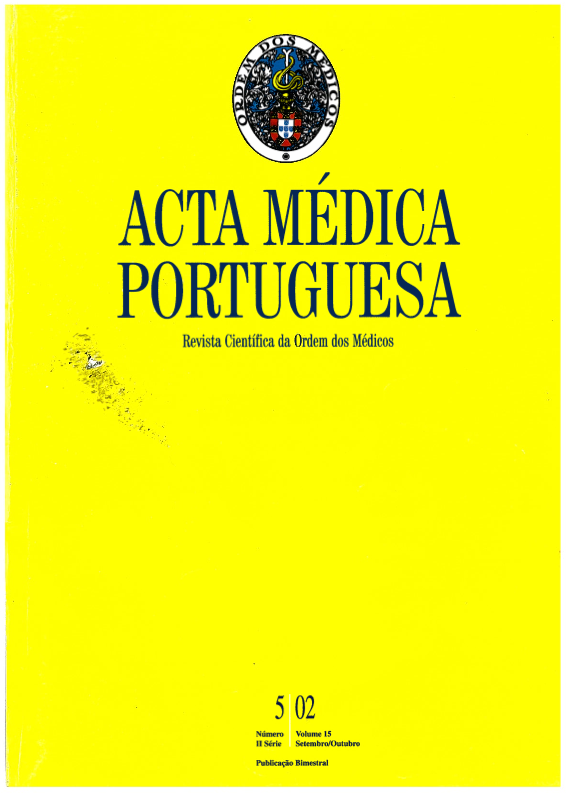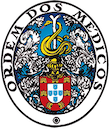Impacto clínico da ecografia entre as 10 e as 13 semanas de gravidez.
DOI:
https://doi.org/10.20344/amp.1975Resumo
The authors aimed to assess the impact of a routine ultrasound examination performed between 10 and 13 weeks of pregnancy. During a thirty month period, 778 ultrasound examinations between 10 and 13 weeks of pregnancy were performed, in women referred to our hospital. Transvaginal ultrasound was systematically adopted and the parameters obtained were introduced in a computerized data base. Biographic data, first day of menses (whenever possible), menstrual cycle characteristics, eventual use of hormonal contraception in the three months before last menses, antecedents of chromosomal abnormalities, number of foetuses and chorionicity, foetal vitality, crown-rump length, nuchal translucency and foetal heart rate were registered in all examinations. The median gestational age at the time of examination was 12.5 weeks (9-14.3). The median of maternal age was 29 years (14-44), maternal age prevalence higher or equal to 35 years was 17%. Fifty two per cent of women had usually regular menstrual cycles and 11% ignored last menses. In 74% of cases discrepancy between amenorrhea and ultrasound derived gestational age was inferior to one week and in 19% superior. The median of nuchal translucency was 1.4 mm (0.5-10), 7% of all cases had a nuchal translucency higher or equal to 2.5 mm. If maternal age criteria had been decisive for diagnostic invasive procedures, they would have been made in 135 cases. Considering nuchal translucency value combined with maternal age, it should have been done in 63 cases. In our series, invasive testing was performed in 31 (5%) cases. Eight women with fetuses with abnormal karyotypes decided for termination of pregnancy. The importance of ultrasound examination between 10 and 13 weeks seems unquestionable, allowing the correction of gestational age, multiple pregnancy characterisation and chromosomal abnormalities screening.Downloads
Downloads
Como Citar
Edição
Secção
Licença
Todos os artigos publicados na AMP são de acesso aberto e cumprem os requisitos das agências de financiamento ou instituições académicas. Relativamente à utilização por terceiros a AMP rege-se pelos termos da licença Creative Commons ‘Atribuição – Uso Não-Comercial – (CC-BY-NC)’.
É da responsabilidade do autor obter permissão para reproduzir figuras, tabelas, etc., de outras publicações. Após a aceitação de um artigo, os autores serão convidados a preencher uma “Declaração de Responsabilidade Autoral e Partilha de Direitos de Autor “(http://www.actamedicaportuguesa.com/info/AMP-NormasPublicacao.pdf) e a “Declaração de Potenciais Conflitos de Interesse” (http://www.icmje.org/conflicts-of-interest) do ICMJE. Será enviado um e-mail ao autor correspondente, confirmando a receção do manuscrito.
Após a publicação, os autores ficam autorizados a disponibilizar os seus artigos em repositórios das suas instituições de origem, desde que mencionem sempre onde foram publicados e de acordo com a licença Creative Commons









